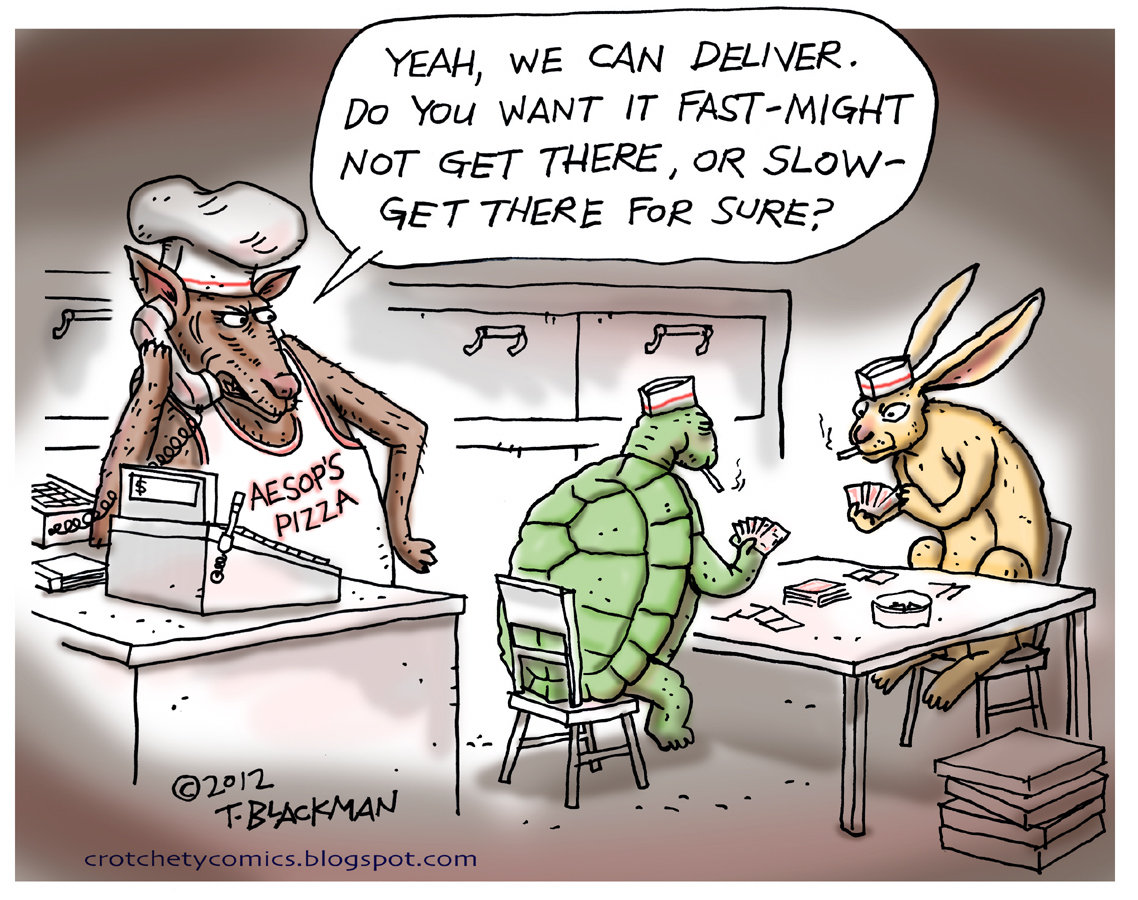 Over the many years I’ve been coaching athletes, not just weightlifters, it’s interesting how each athlete conceptualizes your cues. The pride for me is when an athlete “gets” what I’m asking of them and it clicks. This in my opinion can be one of the most difficult aspects of coaching and is learned through practical experience, aka the “Art of Coaching”
Over the many years I’ve been coaching athletes, not just weightlifters, it’s interesting how each athlete conceptualizes your cues. The pride for me is when an athlete “gets” what I’m asking of them and it clicks. This in my opinion can be one of the most difficult aspects of coaching and is learned through practical experience, aka the “Art of Coaching”

Young Coach
When I first started to coach on my own athletes, I did a LOT of internships before I received my own team, speed mechanics was probably one of the toughest for me. I would belt out multiple complicated cues and expect the athletes to understand exactly what I wanted. It all seemed so simple that even an amateur like me could do it, so why couldn’t a high end athlete get this? That’s the naive and moronic way I used to think.
I kept pushing the limits in hopes of getting results ASAP and ignored the basic process of developing an athlete… So the young naive coach that I was, I threw a ton cues at my athletes and focused on as many flaws as I can fix. But they weren’t fully grasping it, I kept thinking to myself it’s so simple…
“Press off the inside edge of the right foot, have both shin angles prepared to go in the direction you’re going, step over with the back foot, when you make contact that foot should have a positive shin angle, look in the direction you’re going but don’t have your head up too far, throw that elbow back, and so on…”
Yep so simple…
 Simplicity in Olympic Weightlifting
Simplicity in Olympic Weightlifting
Coaching is coaching and this same story relates to weightlifting = the focus and cues should be precise yet simple. Throw too many things at your weightlifter and the focus will easily become watered down. I fully understand the urge to fix as many things as possible and ignore the “boring” process of developing the foundations for a weightlifter. Unfortunately this process takes time and the speed is determined based on many factors including how quickly your athlete can understand your cues and translate them.
With that said, it my start “slow” but if you take the time to coach them correctly from the beginning, their long term development will excel far quicker. Think hare vs. tortoise. Build a strong foundation first and you’ll excel in the long term, build a shit foundation and it eventually crumble.
Simplified and Modified Cues
Cues are really interesting, sometimes the weightlifter may get it or it may just completely confuse them. This is why it’s important to give the lifter a visual, manually place them in the position you want them, and use cues the they understand. Doing all x3 things should help diminish the possibility of the weightlifter misunderstanding your focus.
Make sure to explain to each of your lifters that the cues are subjective to them. Meaning, for one of my lifters I may say “jump up”, for a different lifter that cue may “click differently” and they literally try to jump up as high as they can… So make sure that your cues are subjective to the lifter. This will develop over time as your coaching skills become efficient and your relationship with each weightlifter strengthens.
For the weightlifters that don’t grasp cues very easily, it maybe best to just have them learn through the movement. This forces them to do what you’re asking of them and takes the “thinking out of it”. For example if the lifter is having problems pulling under the bar, have them practice the dead hangs…
…this forces the weightlifter to pull under and get that “feeling” of engaging on the bar as they go under the bar. After a period of time they eventually may correlate the cue with that the new found “feeling”, if not no worries each weightlifter will learn different and you should cater to their process of conceptualizing the lifts….that’s the FUN of coaching!
Finally, hopefully we all know at this point not to over cue them. Yes it’ll be nice to fix everything but you have to focus on the big picture and the development of the lifter. Keep the cues focused on the biggest bang for you buck issue and then move on.
Stay strong,
